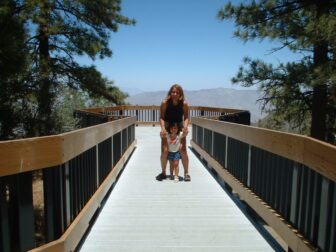Hispanic, Latino … a single word is too small to capture who we are
|
In the leadup to the Nov. 3 election and in its aftermath, there’s been a lot of talk about how Latinos aren’t a monolith, and the messiness of trying to lump so many different people into one group. It’s also something Brandy Ruiz has been thinking about. She’s a journalism student at the University of Texas at El Paso. What, she wondered, does it even mean to be Latino or Hispanic?



